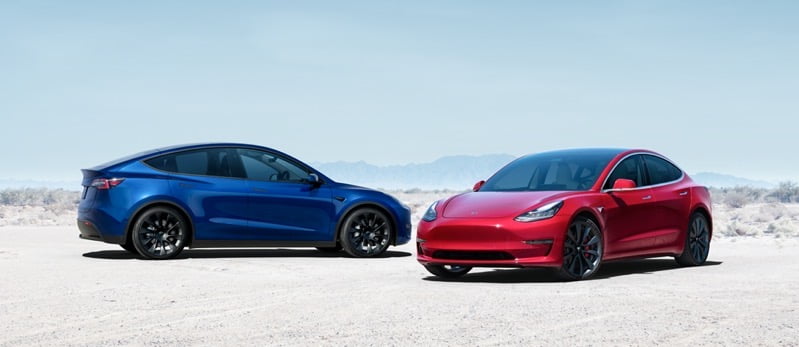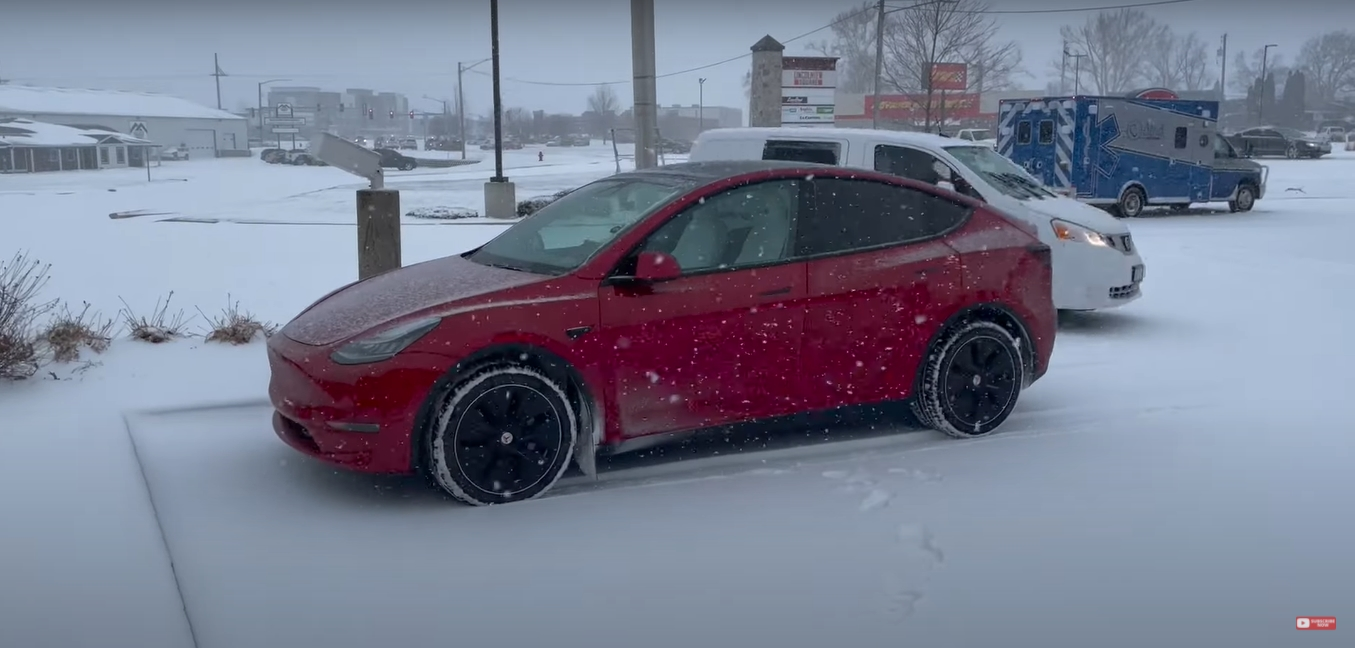Tesla go brrrrrrr.

Tesla Heat Pumps Failing in Extreme Canadian Winters | iPhone in Canada
Some owners were left with no heating in temperatures dangerously below freezing.www.iphoneincanada.ca
I'm starting to think that the whole heat-pump idea for EV HVAC is overrated. I've seen from tests in Norway that the Ioniq 5 seems to have issues with it, too.
None of these heat pumps do what we normally think of, from what home HVAC heat pumps do ... i.e. suck heat out of the outside air and pump it up to the interior. What they're actually doing is sucking heat out of the battery pack (which produces low-grade heat during operation) and pump it to the interior. Problem is, if driving conditions aren't conducive towards keeping the battery pack in its happiest temperature range but interior HVAC demands more heat than that ... either the battery pack doesn't warm up enough (resulting in slow charging if you stop the car to recharge - this is the problem identified in Norway) or you don't get enough interior heat (Tesla) or the system has to intentionally waste power somewhere in order to produce more heat (which is no more efficient than resistance heating). There's probably a window of outside temperature and driving conditions in which it works OK, but outside those windows, it doesn't accomplish much or has other side effects.
Having watched teardown videos on a few different EVs, I kinda see why GM took the KISS principle with the Bolt. Three separate cooling systems for three separate systems that each have different demands. There's one loop for the motor and inverter and radiator, which don't really care too much about their operating temperature as long as they don't overheat (and these could take forever to warm up, especially if you are driving slowly in cold weather). There's another loop for the battery, which is capable of heating or cooling via the A/C compressor, although most of the time it just lets battery temperature free-float wherever it wants to be and just keeps it within bounds ... and the only time the battery pack would normally require active cooling are under high-ambient conditions when the A/C is running anyhow, and the only time the battery normally needs active heating is during cold-weather charging when the car is plugged in anyhow. The last loop is for the HVAC and uses plain ordinary resistance heating ... which can heat up immediately when it's cold (and there is insufficient heat from the motor/inverter loop or battery loop to keep up). It would be nice in the ideal world to reuse the powertrain heat to help heat the interior ... but under the conditions when you really want interior heat (cold start) it isn't there, and under the conditions when you have excess powertrain heat (high ambient, highway driving) you don't need it. I totally understand the designers saying the heck with it, just use three separate simple systems that each have a simple easy-to-implement control strategy.


















